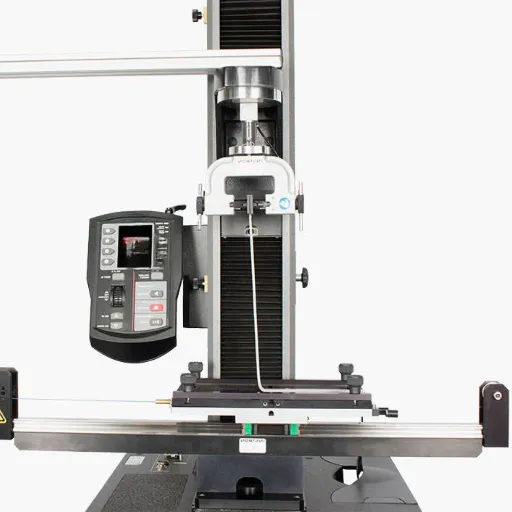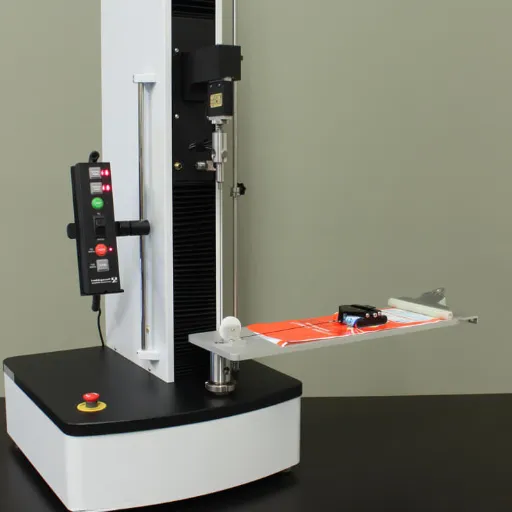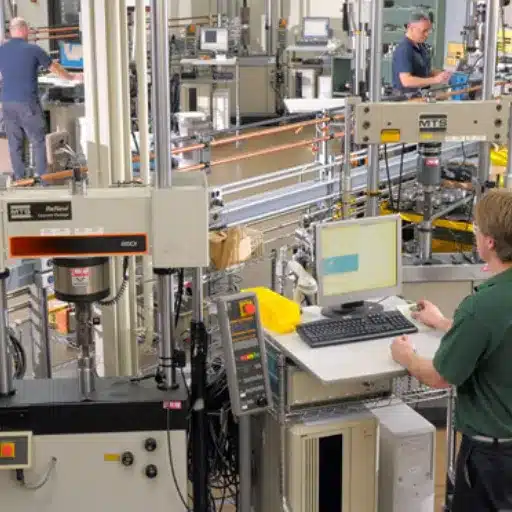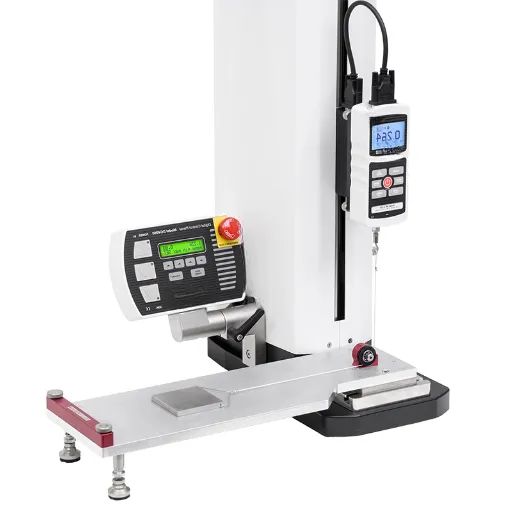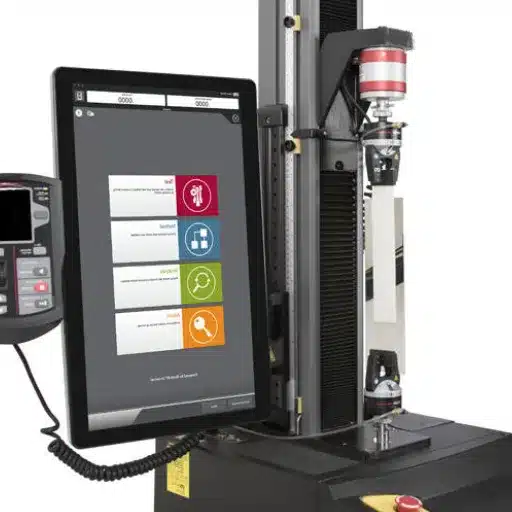Examining efficiency under composite loads is significantly important in the areas of material science for a number of reasons which facilitate the understanding and predictions of the materials in question. Flexural test findings are valued and can be verified for many sectors e.g. construction, aerospace, manufacturing and other related fields. In addition, flexural tests provide very empirical determined figures which define the materials used to as well as to ensure safety, longevity and performance upon usage. This article aims to discuss the basic concept of flexural analysis, the procedures and approaches followed and its role in industry as well as research. This write-up will prove to be useful when your scope of work involves standard protocols for testing or when you are trying to investigate the flexural aspects of materials in depth and on a structural level.
Introduction to the Flexural Test
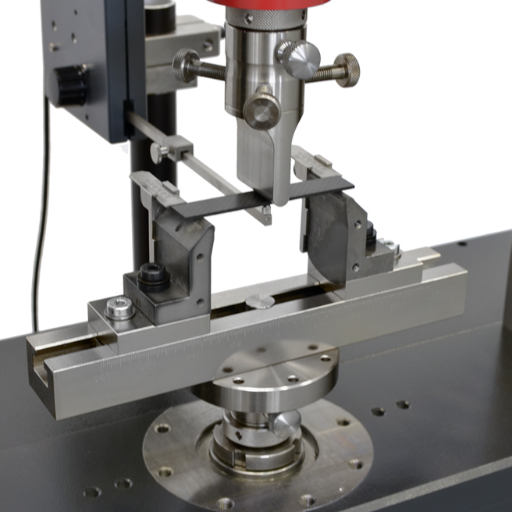
The bending test is a vital tool for assessing the bending strength-shear strength as well as stiffness and durability of a material. It focuses on a sample of a material placed on two edges subjected to an increasing force and its typical behavior when bent with the use of measuring how many breaks can be caused to the material until the next break fails. The use of flexure tests is the most recommended for metals, composites, plastics or ceramics as these materials makeup a majority of the materials used in practical applications. This helps to understand how the material bends and ensures that the material will work as required without breaking during use.
What is the Flexural Test?
The flexural testing also known by the name of bending test is an important technique used to determine the flexural strength and the flexural modulus of materials. The ship stress is this even the Intensive. The flexural strength or the spherical bending test is carried out in the methods of tests. Three point or four point bending tests are generally taken to measure the requirement more and the behavior of the material in the thickness direction is evaluated. The flexural strength is useful in the different industries like construction, aeronautical and manufacturing where the safety and reliability of a material should always be guaranteed. The test as depicted within the existing competency outlets and benchmarked against the practice encapsulation and other supporting functions with bibliographical references, is acknowledged to allow this more detailed analysis and conclusions adoption of automated CALS processes and finite element modeling to afford greater optimization of the results in material performance assessment.
Significance of Flexural Strength in Material Testing
The effective flexural strength also known as modulus of rupture is one of the crucial parameter that is embraced in designing and material testing and determination of material capability to withstand bent forces in failure modes. This property is of paramount concern in structural and production practices as it is aimed at fighting against tensile and compressive forces in most working environment. This involves the actual bending of the material under load so that the maximum stress the material can bear is measured assistance in sure and checking of performance durability and application.
Flexural strength testing is also a requirement in construction, aerospace, automobile and other such industries where the safety protocol is tight and the minimum standards of performance have to be met by any article. Furthermore, flexural strength testing allows the recognition of defects and faults such as cracks in the surface or weak points within the system that may potentially cause failure of the structure. It is in this regard that the advent of advanced solutions, such as including automated loads application as well as monitoring the stress generated in real time as tests are taking place, have been used to enhance the validity and accuracy of the results, which contributes to the enhancement of the development of adaptable materials.
Industries Utilizing Flexural Testing
Most of the industries have come to embrace the flexural test due to the ability that transforms certain products and materials incurring loads in bending. In the construction industry for instance, it is even often used to test different types of concrete, timber and composite building materials for strength and durability. With this testing, usage of such materials that are from polymer or plastic is also important in the process of product development such as in cases where flexible load carrying abilities of packaging materials or automotive for example, is to be evaluated. Also, vehicles used in the aerospace and light automotive fields use these tests, which enhance light but sturdy materials that maximize performance and efficiency for example carbon fiber composites. Data and analytics directed at material use and performance are necessary and flexural testing assures that relevant standards are met allowing for a wide range of applications.
Methodology of the Flexural Test
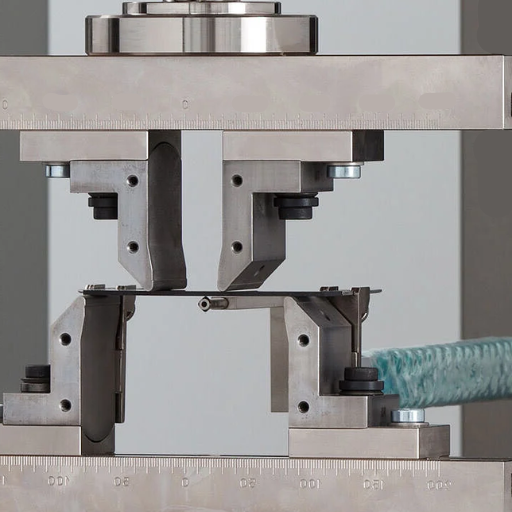
The determination of resistance to bending or kind stresses, that is against the architecture of a number of materials and secondary structures like beams, plates and shells is experienced by conducting the flexural test. In other words it is a process of evaluating the specification of a specimen for applying load using three or four points. The sample stand was placed on the two points while the force was applied gently, pounding position or load is in the center from the two supports (in a three-point test) or at some distance between supports in the case of a four point test. The main results or indices recorded from the test include the flexural strength, flexural modulus, and the maximum deflection curves, computed based on the stress strain formulas. The materials that need evaluation check are subjected to this destructive test under specified guidelines such as ASTM D790 and ISO 178 in order to facilitate system consistency of measurements.
Step-by-Step Procedures for Conducting a Flexural Test
1.Specimen Preparation
In accordance with the requirements for the specific test standard (as an example; ASTM D790, ISO 178), prepare a convenient specimen of correct dimensions as outlined. The testing surface of the specimen should be smooth and free from any imperfections so that the results become inconsistent.
2.Equipment Preparation
Lightly set the testing machine by the standard that you have selected. Make sure that the supports and the loading noses are in line and nothing stops them meeting the specified diminutions and radius.
3.Placement of the Specimen
Place the sample on the supporting rails of the flexural test apparatus. When dealing with three-point bending, make sure the center of the specimen is positioned directly under the loading nose. When four-point bending is required, ensure the specimen is positioned such that the load points are symmetrical with the supports.
4.Determine the Rate of Loading
Set the test machine to exert force at the rate prescribed by the standard, say, 1.0 mm/min. Therefore, each specimen will be loaded with a different amount of stress, but the machine measures the chosen specimen accurately.
5.Start the Test
Turn on the machine and allow it to apply the load. As the specimen is bended, watch the screen or software for displacement and load readings.
6.Data Recording
It is necessary to document the load and displacement data from the test at every step. This data will later be used to determine critical parameters like flexural strength, modulus and maximum deflection.
7.Completion of Testing
When the load line reaches the uncontrollable region of the graph and the specimen breaks or becomes a brittle failure, relax the system and end the test. Categorize and note down the failure type; fracture, yielding, or others.
8.Interpretation of Results
Deal with the obtained data and normal equations to solve for the needed mechanical properties. Ensure to be double-checking the results to conform to the standards of the test that is being conducted.
9.Describe the Results
Ensure that every single result is placed in an appropriate report, encompassing everything about tests such as details of procedures and apparatus used, information about test specimens, results derived, and occurrences during tests especially deviations and abnormalities that may have occurred.
Equipment Required for Flexural Testing
1.Testing Apparatus
Universal Tester for Materials (UTM) containing appropriate flexural test fixtures for performing bending properly.
2.Bending Test Jigs and Fixtures
Bending support and loading fixtures in accordance with the standard prescribed (such as three, or four-point bending test).
3.Testing Sample Preparation Equipment
Machinery for milling, grinding, and polishing the specimens to the specified size and surface finish, for example, cutting-off machines and tool and cutter grinders.
4.Measuring Instruments
Micrometers or digital vernier of appropriate accuracy to measure the test sample cross-section.
5.Information Gathering System
Programming and sensors in cohesion with the testing device to record load, displacement and deformation instantly during the test.
6.Conditioning Unit (as Applicable)
An insulated box for conditioning and carrying out the tests within the boundaries of the temperature or ambient climate to cater to the application of the material if any.
Sample Preparation Techniques
Crucial also is the proper preparation of the samples in regard to their effect to the test results, which explains the reason why the preparation must be of the highest excellence. Initially, sample parts need to be manufactured such that they fit the required dimensions as per ASTM and ISO standards to make sure that there is no variability. Careful cutting, milling, or molding should not introduce surface defects Tsatsaki which can potentially act as stress risers. In this case, the surface may also be treated by grinding or polishing in order to smoothen it and adjust for any residuals left on it after the test. Finally, it is important that each sample is checked for any form of defects such as stresses or cracks which might lead to the disqualification of the flexural test results.
Applications of Flexural Testing
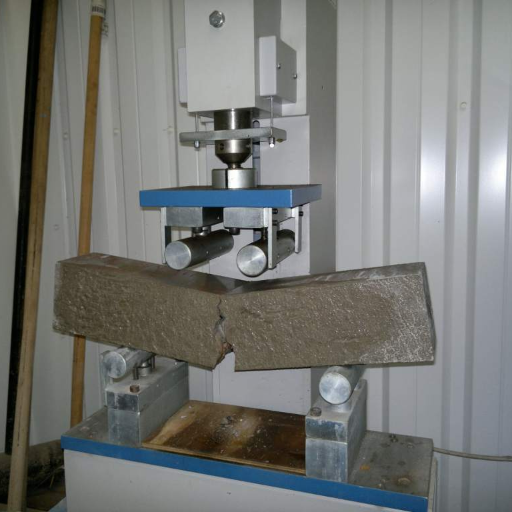
The range of applications of the flexural test spans different industry sectors and aims at evaluating and appraising the efficiency of materials when they undergo some bending stresses. This test is necessary for determination of the strength and rigidity of materials such as composites, polymers and metals more especially when they are utilized with structural consideration. Principle industries that conduct flexural strength testing include construction, aerospace, automotive and manufacturing in which these materials used have to be able to resist high bending forces without breaking. Moreover, along with the provision for appropriate design and safety, it is useful also in explaining the procedures of control and why certain provisions need to be added to the design during the development phase.
Flexural Testing in Construction
As a prevalent assessment in construction, flexure provides a means to analyze and measure concrete, reinforced composites, and beams subjected to different load conditions. The test gives values for the modulus of rupture, flexural strength, and ductility: a must-have in the evaluation of a material’s aptitude to withstand bending stresses in practical applications. Yet, such information aids in designing load-bearing structures like bridges, floors, and pavements, with durability, safety, and compliance to industrial standards as targets. To this end, the testing identifies any deficiencies in the material formulation for a more robust construction.
Aerospace Industry Applications
Material testing is fundamental to the aerospace sector, where safety and performance considerations cannot be compromised. Advanced composites, metals, and alloys in aerospace and spacecrafts undergo stringent tests to meet exact standards of tensile strength, fatigue strength, and thermal stability. For instance, lightweight materials such as titanium and carbon fiber composites are tested rigorously to verify their abilities to withstand extreme environmental conditions, including high pressure and temperature fluctuations during flight. These processes include non-destructive testing (NDT) methods such as ultrasonic inspections, and X-ray imaging for flaw detection without affecting the integrity of the material. Following these procedures ensures that manufacturers deliver aerospace components with greater reliability, durability, and performance, in compliance with regulatory frameworks such as those of the FAA and the EASA.
Automotive and Manufacturing Uses
In the contemporary world, carbon firites or composites are extensively used load bearing components in vehicles and factories due to their unmatched strength to weight ratio. Used for the construction of light components, the material is very useful in only augmenting fuel vehicles fuel conservation and emission reduction without compromising the vehicles structural superstructure. Carbon fiber is also used in making tactical components such as drive shafts, bonnet, and crash dummies, which are more durable and wear resistant. Novel manufacturing processes such as AFC and RTM are being utilized for certain regions in component design at a rather substantial production rate considering the cost, which would not have been concerted at such a rate otherwise.
Benefits and Limitations of Flexural Testing
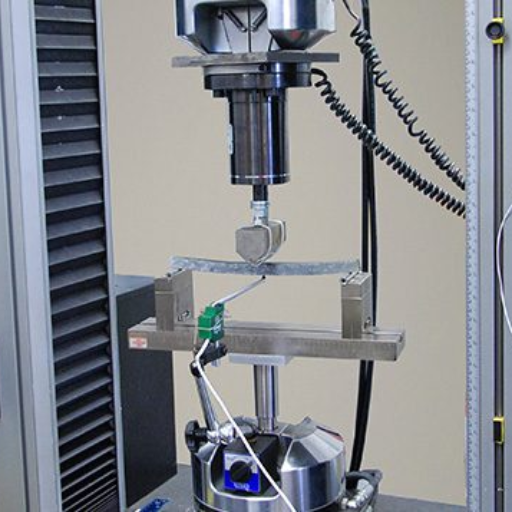
Insights provided by flexural testing are invaluable in understanding the mechanical behavior of materials under bending loads. The central advantages involve determining the strength, rigidity, and structural capacity of any given material. Deciding the tolerable weakness within a product imposes much effort particularly in such industries as aerospace, automotive and construction. Moreover, it allows for the identification of defects also within the zone of voids or internal cracks. Yet, there are limitations to flexural testing, since it cannot be executed always taking into consideration compound stress states of the subjects. Apart from this, such measurements are often affected by garbage in the form such as the specimens being different from the main plane of stress, the span between two supports and the rate of loading which means such measurement is almost impossible without proper standardization of the results.
Key Benefits: Measuring Strength and Flexibility
Flexural strengths of materials define the nature of its elasticity, tensile strength, and permeability to mechanical forces up to fracture state. Flexural testing helps most of the steps of characterizing the material, significantly its suitability through its ability to withstand bending. Why the need for such testing? It is because by evaluating the parts to be processed, which, although not always, is carried out in the whole course, the industry precise demands can be met guaranteeing both safety and performance at the same time. These approaches also help in the differentiation of dimensions, hence the process of choosing one material over another for a given application becomes quite straightforward in various sectors such as aircraft, engineering and motorsport etc.
Limitations and Accuracy Concerns
However, material testing as such has one major drawback which is a reproduction of actual usage. Tests conducted in laboratories can easily differ from real life which include various unused conditions materials are subjected to like abrupt changes for example in weight or in temperature and sustaining corrosive environments. Moreover, defective devices and wrong calibration procedures decrease the reliability of the measurements, giving wrong test results and overestimation of the performance of the material. A third issue of concern relates to the third, possibility of variation of preparation, which is the quality of the material in testing that might cause different results in batches. In conclusion, as much as modern technical diagnostics has made huge strides, it still considers many very complex and costly devices, which hinders promotion of some basic operations to some producers ‘or’ investment in development of such undertaken productive activity.
Common Challenges in Flexural Testing
Based on my own memory and theories on the problem at hand, the analysis of the flexural test has a number of significant problems. One, due to irregularity of specimens or samples, it’s always a challenge to give accurate values or readings because of the variations within measurements. Secondly, studies have repeatedly demonstrated that changes in environmental factors such as temperature and humidity characteristically modify the properties of a material during a test, and consequently give varied results. Lastly, the price of sophisticated equipment for conducting the tests, along with the required special skills to perform the tests, could be pretty deterring, especially in the smaller enterprises. Such concerns need active resolution in order to achieve robust and efficient within sample flexural test designs.
Comparison with Other Mechanical Testing Methods
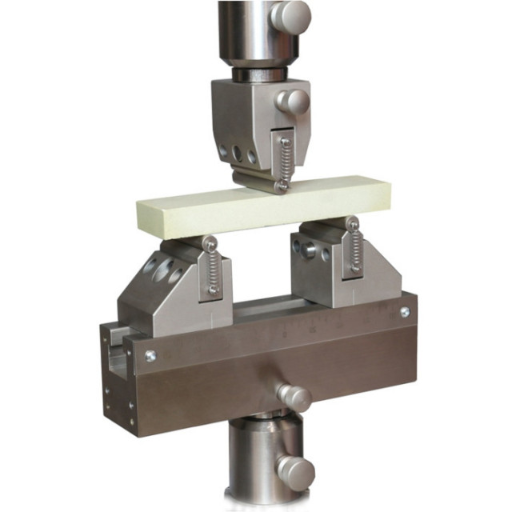
Flexural testing differs from other mechanical testing methods, such as tensile and compression testing, primarily in the type of stress applied and the data it provides. Tensile testing evaluates a material’s behavior under pulling forces, focusing on properties like tensile strength and elongation. Compression testing examines how materials perform under compressive loads, offering insights into crushing strength and deformation resistance. Flexural testing, in contrast, assesses a material’s response to bending forces, providing critical information about flexural strength and modulus of elasticity. Each method has its strengths, and the selection depends on the specific application and performance criteria under evaluation.
Flexural vs. Tensile Testing
Flexural testing measures a material’s response to bending loads, while tensile testing evaluates its behavior under pulling forces.
|
Parameter |
Flexural Testing |
Tensile Testing |
|---|---|---|
|
Purpose |
Bending strength |
Pulling strength |
|
Load Type |
Compressive/Tensile combo |
Uniaxial tensile |
|
Outputs |
Flexural strength, modulus |
Tensile strength, elongation |
|
Application |
Beams, panels |
Fibers, metals |
|
Deformation |
Curvature under load |
Linear elongation |
Flexural vs. Compressive Testing
Flexural vs. Compressive Testing: Flexural testing evaluates a material’s resistance to bending, while compressive testing measures its ability to withstand compressive forces.
|
Parameter |
Flexural Testing |
Compressive Testing |
|---|---|---|
|
Purpose |
Bending resistance |
Compression resistance |
|
Load Type |
Bending forces |
Compressive forces |
|
Outputs |
Flexural strength |
Compressive strength |
|
Materials |
Panels, beams |
Blocks, cylinders |
|
Deformation |
Curvature |
Volume reduction |
Understanding the Role of Each Method
Evaluating material properties under various load applications requires both flexural and compressive testing, in the sense that it serves different goals. A flexural test is in light of the above, quite common for structural elements such as the beams and panels since in such elements, flexural strength is vital. On the other hand, compressive testing is essential to the applications where a material is made in the form of blocks, cylinders or a structure supporting heavy buildings, in that it deals with such forms under compression. Hence, together with these tests, the rate at which the materials behave structurally can be determined and also aid in the enhancement of design and product control.
Reference Sources
-
Comprehensive Guide to the Flexural Test: Methods and Applications – This source provides an overview of flexural tests, their methods, and applications in engineering.
-
The Ultimate Flexural Strength Test Guide: Procedures and Applications – A detailed guide on the procedures, methods, and applications of flexural strength tests.
-
Flexural Testing – an overview – This article discusses the force required to bend materials and their resistance to flexing or stiffness.
-
Bend and Flexural Testing: An Introduction – An introduction to bend testing, also known as flexure or transverse beam testing, and its applications.
-
Mastering Flexural Testing: A Comprehensive Guide – A comprehensive guide on flexural testing, focusing on materials characterization and resistance to bending.
Frequently Asked Questions (FAQs)
Q: Could you explain what a mechanical test called flexural test is used and how it is conducted?
A: Bend test or flexural test is one defeat of mechanical testing which is performed to check flexural strength and flexural properties of the any given material. During this test a load is applied to a specimen resting either at two ends (three-point bending test) or four points (four-point bending test) until the sample bends or fractures. The results of this study give an understanding of the behavior of materials in bending stresses.
Q: Can you give an overview of the different types of flexural tests?
A: There are many ways to perform a a flexural test. The options include a three-off test, a four-off test and a flexure test. All the above tests have a difference in location or number of loading points, and are suitable for different types of materials. It is based on the type of material and required information such as flexural strength or windows that one decides which particular flexural test is appropriate.
Q: How does ASTM D790 test determine flexural strength?
A: To determine the strength in flexure of a specimen as per ASTM D790, the specimen is supported at specific points and a load is applied, at which stress breaks the specimen. The standard test method for flexural properties describes the conditions to be tested and necessitates the use of a universal testing machine to obtain accurate values.
Q: Why are flexural modulus values significant?
A: Modulus calculates the rigidity of a material while bending. It is the stress calculated for bending divided by the strain within elastic limits of the material. Can see structures for high flexural modulus materials. Suggests these materials are stiff enough to resist too much deformation under forces.
Q: What are the purposes of flexural tests?
A: All industries, particularly those in construction and manufacturing, use flexural testing for material characterization and assessment. Performing ram degradation tests for concrete or plastic flexure helps in evaluating flexural strength in such highest materials which ensures performance as well as safety of the material.
Q: Can you list some of the standards commonly used for flexural tests?
A: The most used flexural testing standards include: ASTM D790, ISO 178. These specify how the test specimen should be manufactured, what angles the specimen should be subjected to, and how the flexural test should be interpretated. These test standards guarantee a reliable and reproducible outcome for a wide range of tests.
Q: What is the procedure of calculating the flexural stress at break?
A: The calculation of the maximal and ultimate flexural stress of the material to break also called the flexural break stress must be performed using the following expression: Flexural stress = 3 x Load x L / (2x w x height^2) — for the case where the test is a 3-point bending test. The equation for the stress calculation shows the load carrying capacity of the material until fracture occurs.
Q: Is it possible to conduct flexural tests on composite materials?
A: Composites materials are indeed subjected to flexural testing. It allows for the evaluation of their mechanical behavior and their stress resistance. There are several test patterns that can be performed to estimate the something specific about the composite materials to ensure it can function as an engineering part.

